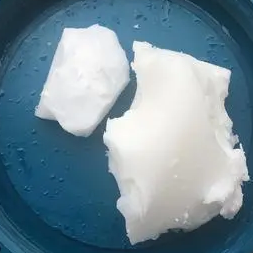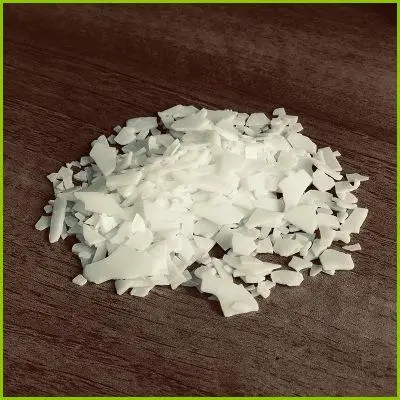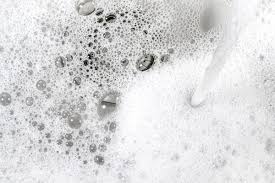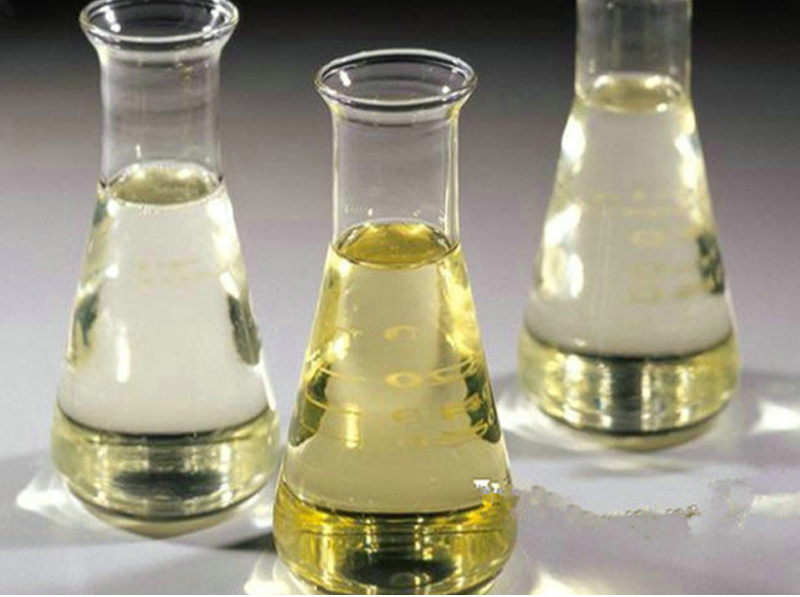**The Surfactant Sweet Spot: How Much Makes Airflow Soar?**
(Which Amount Of Surfactant Resulted In The Greatest Amount Of Airflow?)
Picture blowing soap bubbles as a kid. The best bubbles came from that magic mix of soap and water—not too weak, not too thick. Surfactants work like that. They’re chemicals that lower surface tension, letting liquids spread or foam easily. But here’s the twist: use too little, and nothing happens. Use too much, and things get messy. So, what’s the perfect amount of surfactant to send airflow skyrocketing? Let’s break it down.
Scientists ran tests with three surfactant concentrations: low, medium, and high. Each mix was added to water and pumped through a tube to create foam. Airflow was measured by tracking how fast the foam traveled. The results? Not all surfactants are created equal.
The low-concentration mix was like watered-down soda—flat and unimpressive. Foam barely formed. Airflow sputtered, like a car running on fumes. Surfactant molecules here were too sparse to properly break surface tension. Bubbles stayed small and weak, popping fast. Air moved slowly, dragging like a tired balloon.
Next up: the medium mix. This was the Goldilocks zone. Foam billowed like clouds, bubbles merging into a smooth, steady stream. Airflow shot up, quick and consistent. Why? The surfactant amount was just right. Molecules lined up neatly at the water’s surface, easing tension without overcrowding. Bubbles grew larger but stayed stable, gliding through the tube like skaters on ice.
Then came the high-concentration batch. At first, it seemed promising—thick foam erupted instantly. But chaos followed. Bubbles ballooned too fast, cramming into each other. Airflow initially surged, then crashed. The foam turned stiff, almost like wet cement. Too many surfactant molecules clashed, creating rigid structures that trapped air instead of letting it flow. It was like stuffing a hallway with too many people—no one could move.
So, what’s the verdict? The medium concentration won by a landslide. It balanced surfactant molecules perfectly, letting air zip through without resistance. The low mix lacked the muscle to get things going. The high mix drowned the system in chemical overkill.
But wait—why does this matter outside a lab? Think firefighting foam, dishwasher detergent, or even whipped cream. Nailing the surfactant ratio means better performance, less waste, and cheaper costs. Too little foam in a fire extinguisher, and flames reignite. Too much in a dishwasher, and you’re scrubbing suds off the floor.
(Which Amount Of Surfactant Resulted In The Greatest Amount Of Airflow?)
The takeaway? Surfactants are picky. They demand precision. Finding that sweet spot isn’t just science—it’s art. Whether you’re brewing the perfect latte or engineering industrial foam, the right amount makes all the difference. Next time you see bubbles, remember: behind their floaty charm is a strict chemical recipe. Get it wrong, and the magic pops.
Inquiry us
if you want to want to know more, please feel free to contact us. (nanotrun@yahoo.com)



